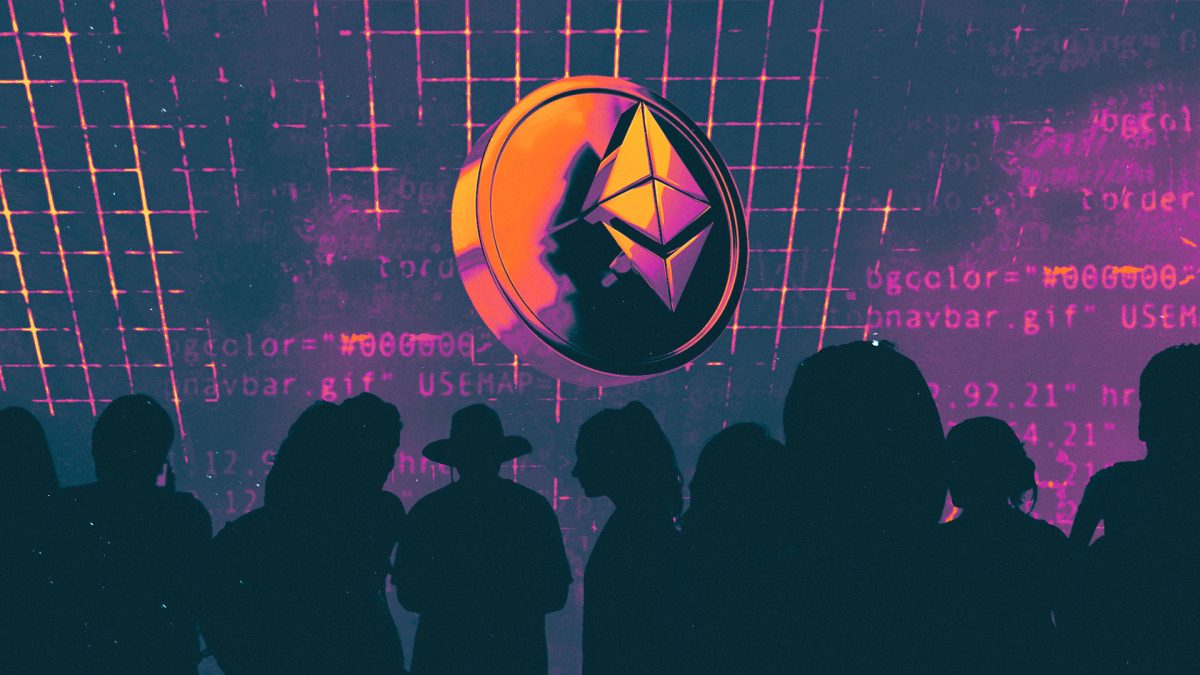Ethereum Foundation co-director warns 'Fusaka' upgrade risks slipping, urges teams to dial back ‘Glamsterdam’ talk
Quick Take EF co-executive director Tomasz K. Stańczak urged teams to focus on the Fusaka update and dial back Glamsterdam discussions until testnet timelines are secured. The latest core developers call point to consensus-client release work running into late September, making a pre-Devconnect mainnet window tight as testnets have not yet opened.

Tomasz K. Stanczak, the Ethereum Foundation's co-executive director, called on core teams to prioritize the “Fusaka” hard fork targeted for the fourth quarter and to pause forward-looking debates about “Glamsterdam,” an upgrade penciled in for early 2026, warning that slippage in coordination is putting deadlines at risk.
Airing his thoughts in a Friday X thread , Stanczak said in a post that while Glamsterdam “may be getting some attention,” the community “should be more concerned about any potential delays to Fusaka,” adding that “no amount of talking about Ethereum’s roadmap and vision matters if we cannot achieve coordination levels that consistently meet goals on schedule.”
Stanczak suggested fewer future fork calls and a tighter focus on shipping the current fork’s testnets. His comments land as developers acknowledge a tight runway for a 2025 mainnet rollout for Fusaka.
Notes from the All Core Devs Consensus call indicate consensus-layer client releases may slip toward late September due to code-readiness concerns, which compresses the schedule to upgrade Ethereum’s mainnet before the Devconnect conference in November.
At present, Fusaka devnets are under active testing, with public testnets not yet opened.
What are Fusaka and Glamsterdam?
Fusaka and Glamsterdam are the next two successive Ethereum hard forks on the post-Pectra roadmap. Fusaka is scoped as an incremental upgrade with final contents still being coordinated across core Ethereum teams.
Glamsterdam, tentatively slated for Q1/Q2 2026, is the follow-on release under discussion that is expected to include headline items such as "enshrined proposer-builder separation" (ePBS) at the protocol level and block-level access lists (EIP-7928) on the execution side, among other potential upgrades.
Stańczak’s advice encourages EF devs to deliver Fusaka before expanding bandwidth to Glamsterdam, given the delays that have historically impacted Ethereum development. He noted that “extremely talented people” are working to resolve the issues behind proposed date moves, but urged “broad agreement that the timelines matter a lot.” Developers are juggling reliability work, performance improvements, and new features while balancing the downstream impact on client teams and infrastructure providers.
The Ethereum Foundation recently reorganized its research and development structure to streamline core development and funding, consolidating research, client, and security workstreams and updating treasury processes ahead of what it called a pivotal 2025–26 cycle . The shake-up is meant to tighten decision-making and improve coordination across client teams — the very pressure points now shaping the Fusaka timeline.
Disclaimer: The content of this article solely reflects the author's opinion and does not represent the platform in any capacity. This article is not intended to serve as a reference for making investment decisions.
You may also like
Bitcoin, altcoins sell-off as Fed chair switch-up, AI bubble fears spook markets

From yen rate hikes to mining farms shutting down, why is bitcoin still falling?
The recent decline in bitcoin prices is primarily driven by expectations of a rate hike by the Bank of Japan, uncertainty regarding the US Federal Reserve's rate cut trajectory, and systemic de-risking by market participants. Japan's potential rate hike may trigger the unwinding of global arbitrage trades, leading to a sell-off in risk assets. At the same time, increased uncertainty over US rate cuts has intensified market volatility. In addition, selling by long-term holders, miners, and market makers has further amplified the price drop. Summary generated by Mars AI This summary was generated by the Mars AI model, and the accuracy and completeness of its content are still being iteratively updated.

The Economist: The Real Threat of Cryptocurrency to Traditional Banks
The crypto industry is replacing Wall Street's privileged status within the American right-wing camp.

Grayscale's Top 10 Crypto Predictions: Key Trends for 2026 You Can't Miss
The market is transitioning from an emotion-driven cycle of speculation to a phase of structural differentiation driven by regulatory channels, long-term capital, and fundamental-based pricing.

